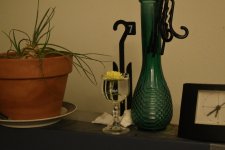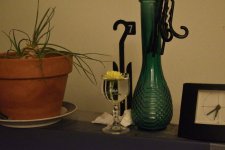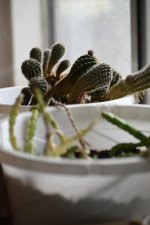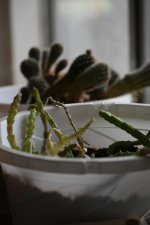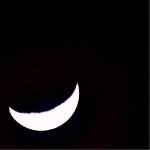Hi Cindy,
Thanks so much for the great lesson. I studied (in theory and some practice) the various methods (settings) for photo shootings in different situations (static, moving, low-light, etc.) as you described. I still need confirmation on the two situations, moving object and selective focus, you would use SP (Shutter priority)+AF+Aiso and AP (Aperture priority)+AF+Aiso.
Now I realize I had a hard time focusing moon all because two mistakes made: wrong hyperfocal distance (I used long focal length and smaller aperture that makes a far ~150m hyperfocal distance), and AF instead MF (that's why my camera won't take shots when failed to focus).
For your "Eagle" photo, the shooting information state: focal length=420mm, but lens=300mm. I wonder why?
Again, thank you so much for all the help.
Most likely a 300mm and 1.4 converter
As Mike mentioned, it was a 300mm and 1.4x teleconverter. The EXIF attached to the image lists it as 420mm so any teleconverter is automatically factored into the focal length.
For moving subjects such as birds, I use Manual Mode with Auto ISO. That way I can control my aperture with the front dial on my D7200 (shoot open or close to it if I want a shallower depth of field), and I control my shutter speed with the rear dial. But I'm not sure that is an option for your body. And I use AF-C (continuous AF) for moving subjects. The body will continually adjust it's AF when the button is held partway down.

